Dire wolves might sound cool, but they do nothing to fix our biodiversity problem
Earlier this week, Time published an explosive story about an American company that reportedly revived a long-extinct species, the dire wolf. To some, it’s a scientific miracle: Some 10,000 years after the species went extinct, the planet is once again home to three living dire wolf pups, brought about by the ingenuity of scientists at Colossal Biosciences. But let’s not mistake spectacle for substance. Yes, it’s cool that biotechnology can now create animals that resemble extinct species. Colossal is already eyeing its next acts—the woolly mammoth and the dodo. But beyond the buzz and the billion-dollar ambition, this project doesn’t offer real solutions to our planet’s biodiversity crisis. At best, it’s a novelty. At worst, it’s a distraction—and a dangerous one. There are over 47,000 species currently considered to be threatened with extinction, including both plants and animals. Many are under threat because of human activity, whether we’ve eliminated their habitats, over-hunted them, or polluted the land, air, and water they rely on to the point that they can no longer sustain life. Colossal’s gene editing experiments are being described as a kind of “conservation,” but they won’t help the many species that are currently fighting for survival. The company has argued that their discoveries can be used to save those species that are still hanging on—for example, by “engineer[ing] more robust elephants that can better survive the climatic ravages of a warming world,” as the Time article puts it. It wouldn’t be the first time humans tested an unprecedented idea on wild populations in an attempt to influence biodiversity. In 1935, Australia introduced the cane toad as a means of controlling the sugar cane beetle population. But it backfired—not only did it fail to fix the beetle problem, but much worse, cane toads took over the region, causing ecological havoc everywhere they went. The Asian carp is another example, introduced to the U.S. by farmers in the 1970s who wanted to use them to clean their commercial fishing ponds. Today, they’re one of the most notorious invasive species plaguing the eastern United States. We know by now that meddling with natural ecosystems can cause unpredictable, damaging chains of events. Even if Colossal’s efforts go as planned, let’s be clear-eyed about what this means: We’re not fixing the damage caused by humans. We’re just modifying animals to make them less susceptible to it. Drivers of biodiversity loss like climate change and industrial animal agriculture are forces that are not going to stop on their own, which makes gene-editing endangered species little more than a bandaid. We may prolong the existence of a handful of species, but meanwhile, the core issue would only continue to grow. And what’s worse, the idea that we can bring back species from the dead may lead us to treat the issue of biodiversity loss with less urgency. If we can just fix it later, why worry too much about it now? It’s not as if this project offers any benefit for the dire wolves themselves, or any individual nonhuman animals, for that matter. When animals are “summoned back from the dead” in this manner, they can’t be reintroduced into the natural world. It’s not the same place, with the same ecology and biodiversity makeup, that the wolves lived in 10,000 years ago. Throughout modern history, there are only a few cases where captive breeding was used to successfully fortify a declining natural population, as animals kept or bred in captivity often cannot survive in the wild, let alone thrive. That’s why the three wolf pups bred by Colossal are going to spend their entire lives in a monitored fenced-in enclosure. They won’t be able to form the complex social structures wolves are known to, with distinct familial roles. They were created to be analytical subjects for human study, and will presumably never experience life in the wild. Colossal’s chief science officer, Beth Shapiro, called their pups “the luckiest animals ever,” thanks to their containment and human supervision. It’s true the wild is no picnic, but I’m skeptical that any undomesticated animal in captivity would agree with Shapiro, no matter how cushy the cage—the pups were much better off not being born in the first place. And aside from all of this, the three pups aren’t technically real dire wolves. In breeding the pups, Colossal’s scientists didn’t actually reanimate the genetic material of the dire wolves that lived thousands of years ago. They studied that genetic material, and artificially rewrote the code of a tiny portion of the common gray wolf in a slippery attempt to make it match. As one commentator put it, “You could probably create an unusually hairy elephant, but that wouldn’t be a wooly mammoth.” All in all, the genetically modified pups are bootleg-like recreations, not authentic recoveries, part of a mad science experiment to generate PR. To paraphrase a certain movie about scie
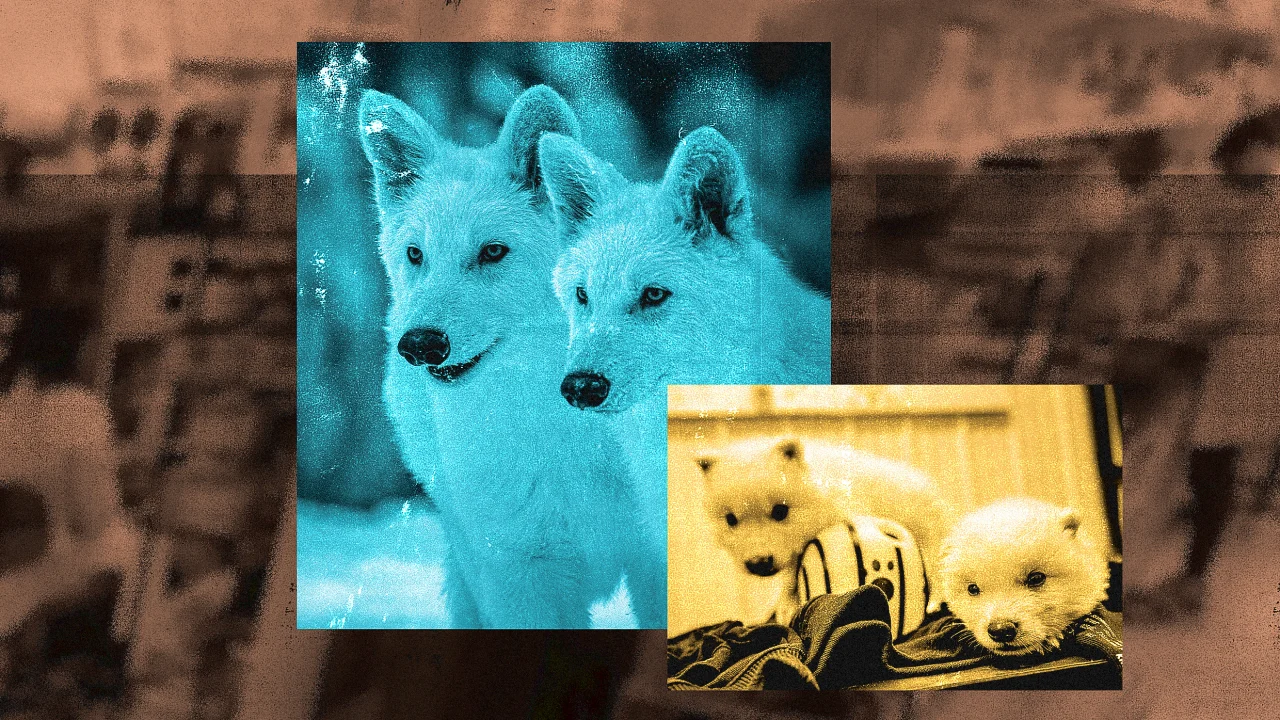
Earlier this week, Time published an explosive story about an American company that reportedly revived a long-extinct species, the dire wolf. To some, it’s a scientific miracle: Some 10,000 years after the species went extinct, the planet is once again home to three living dire wolf pups, brought about by the ingenuity of scientists at Colossal Biosciences.
But let’s not mistake spectacle for substance. Yes, it’s cool that biotechnology can now create animals that resemble extinct species. Colossal is already eyeing its next acts—the woolly mammoth and the dodo. But beyond the buzz and the billion-dollar ambition, this project doesn’t offer real solutions to our planet’s biodiversity crisis. At best, it’s a novelty. At worst, it’s a distraction—and a dangerous one.
There are over 47,000 species currently considered to be threatened with extinction, including both plants and animals. Many are under threat because of human activity, whether we’ve eliminated their habitats, over-hunted them, or polluted the land, air, and water they rely on to the point that they can no longer sustain life. Colossal’s gene editing experiments are being described as a kind of “conservation,” but they won’t help the many species that are currently fighting for survival.
The company has argued that their discoveries can be used to save those species that are still hanging on—for example, by “engineer[ing] more robust elephants that can better survive the climatic ravages of a warming world,” as the Time article puts it.
It wouldn’t be the first time humans tested an unprecedented idea on wild populations in an attempt to influence biodiversity. In 1935, Australia introduced the cane toad as a means of controlling the sugar cane beetle population. But it backfired—not only did it fail to fix the beetle problem, but much worse, cane toads took over the region, causing ecological havoc everywhere they went. The Asian carp is another example, introduced to the U.S. by farmers in the 1970s who wanted to use them to clean their commercial fishing ponds. Today, they’re one of the most notorious invasive species plaguing the eastern United States. We know by now that meddling with natural ecosystems can cause unpredictable, damaging chains of events.
Even if Colossal’s efforts go as planned, let’s be clear-eyed about what this means: We’re not fixing the damage caused by humans. We’re just modifying animals to make them less susceptible to it. Drivers of biodiversity loss like climate change and industrial animal agriculture are forces that are not going to stop on their own, which makes gene-editing endangered species little more than a bandaid. We may prolong the existence of a handful of species, but meanwhile, the core issue would only continue to grow. And what’s worse, the idea that we can bring back species from the dead may lead us to treat the issue of biodiversity loss with less urgency. If we can just fix it later, why worry too much about it now?
It’s not as if this project offers any benefit for the dire wolves themselves, or any individual nonhuman animals, for that matter. When animals are “summoned back from the dead” in this manner, they can’t be reintroduced into the natural world. It’s not the same place, with the same ecology and biodiversity makeup, that the wolves lived in 10,000 years ago.
Throughout modern history, there are only a few cases where captive breeding was used to successfully fortify a declining natural population, as animals kept or bred in captivity often cannot survive in the wild, let alone thrive. That’s why the three wolf pups bred by Colossal are going to spend their entire lives in a monitored fenced-in enclosure. They won’t be able to form the complex social structures wolves are known to, with distinct familial roles. They were created to be analytical subjects for human study, and will presumably never experience life in the wild.
Colossal’s chief science officer, Beth Shapiro, called their pups “the luckiest animals ever,” thanks to their containment and human supervision. It’s true the wild is no picnic, but I’m skeptical that any undomesticated animal in captivity would agree with Shapiro, no matter how cushy the cage—the pups were much better off not being born in the first place.
And aside from all of this, the three pups aren’t technically real dire wolves. In breeding the pups, Colossal’s scientists didn’t actually reanimate the genetic material of the dire wolves that lived thousands of years ago. They studied that genetic material, and artificially rewrote the code of a tiny portion of the common gray wolf in a slippery attempt to make it match. As one commentator put it, “You could probably create an unusually hairy elephant, but that wouldn’t be a wooly mammoth.” All in all, the genetically modified pups are bootleg-like recreations, not authentic recoveries, part of a mad science experiment to generate PR.
To paraphrase a certain movie about scientists who recreated long-extinct animals for the sake of human curiosity, it’s neat that our scientists can do something like this—but it’s high time to consider whether they should. Building the off-brand dire wolves took a chunk of the whopping $200 million the company raised and the work of some 130 bright minds. It pains me to imagine other, more immediately useful ways those resources could have been applied.
Few efforts are as noble as conservation, and I acknowledge that stemming the biodiversity loss is a complicated issue that’s going to call for many different solutions. But with so much at stake and a clock that won’t stop ticking, we ought to be sensible about the approaches we try. Before indulging in science fiction-inspired reveries, let’s do what we can to save those species that still have a chance while keeping the welfare of the individual animals in mind along the way. To not do so would be a colossal mistake.











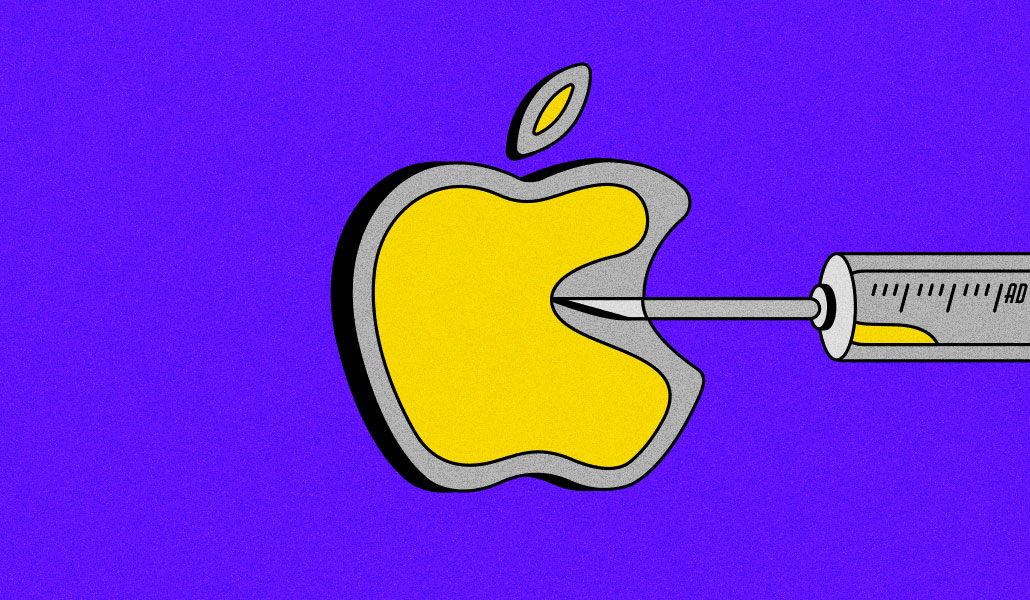


![31 Top Social Media Platforms in 2025 [+ Marketing Tips]](https://static.semrush.com/blog/uploads/media/0b/40/0b40fe7015c46ea017490203e239364a/most-popular-social-media-platforms.svg)














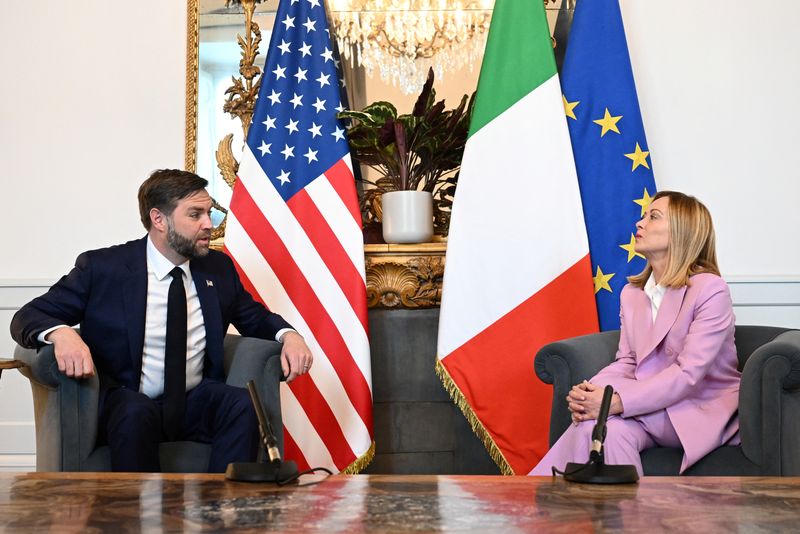













































































































![[Webinar] AI Is Already Inside Your SaaS Stack — Learn How to Prevent the Next Silent Breach](https://blogger.googleusercontent.com/img/b/R29vZ2xl/AVvXsEiOWn65wd33dg2uO99NrtKbpYLfcepwOLidQDMls0HXKlA91k6HURluRA4WXgJRAZldEe1VReMQZyyYt1PgnoAn5JPpILsWlXIzmrBSs_TBoyPwO7hZrWouBg2-O3mdeoeSGY-l9_bsZB7vbpKjTSvG93zNytjxgTaMPqo9iq9Z5pGa05CJOs9uXpwHFT4/s1600/ai-cyber.jpg?#)


































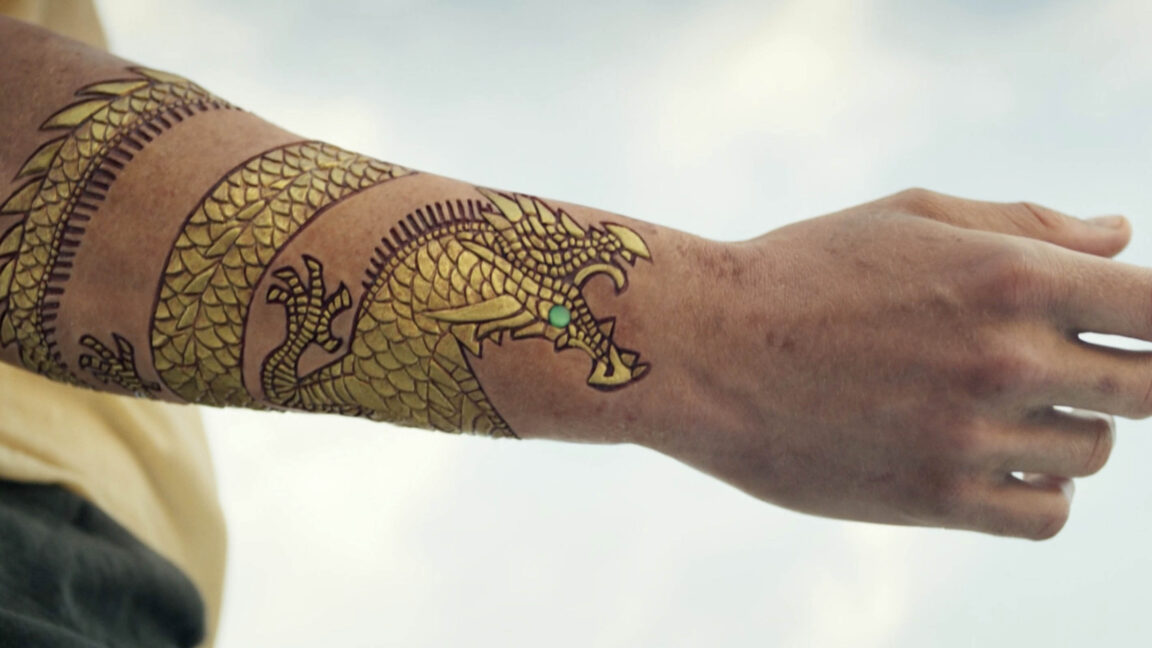
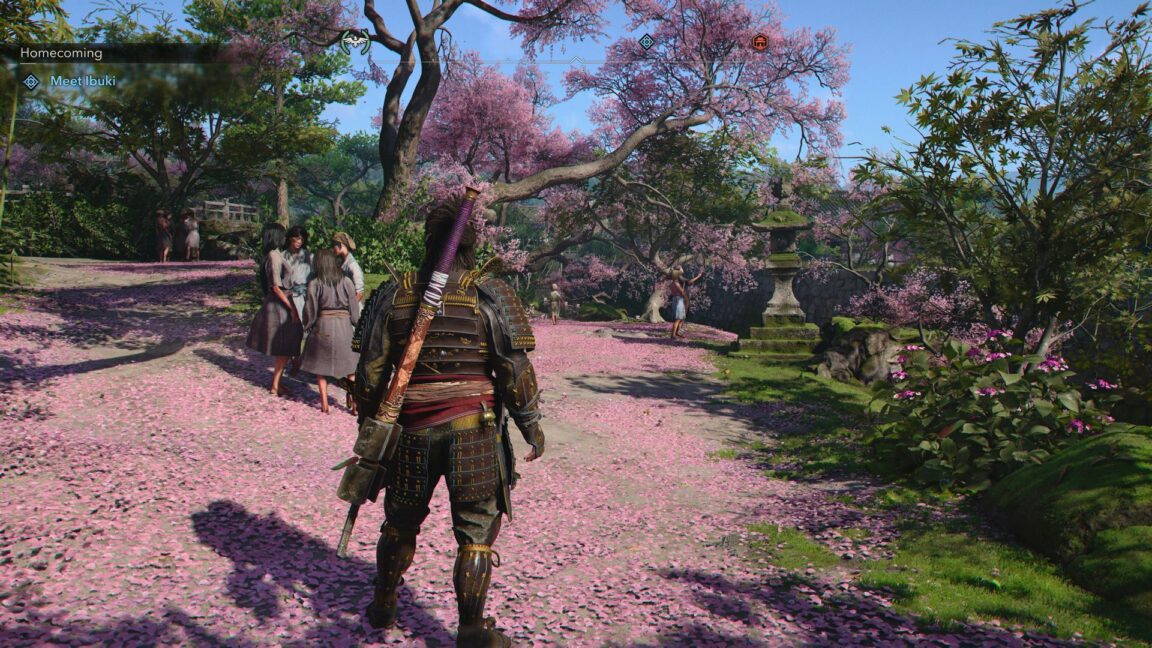
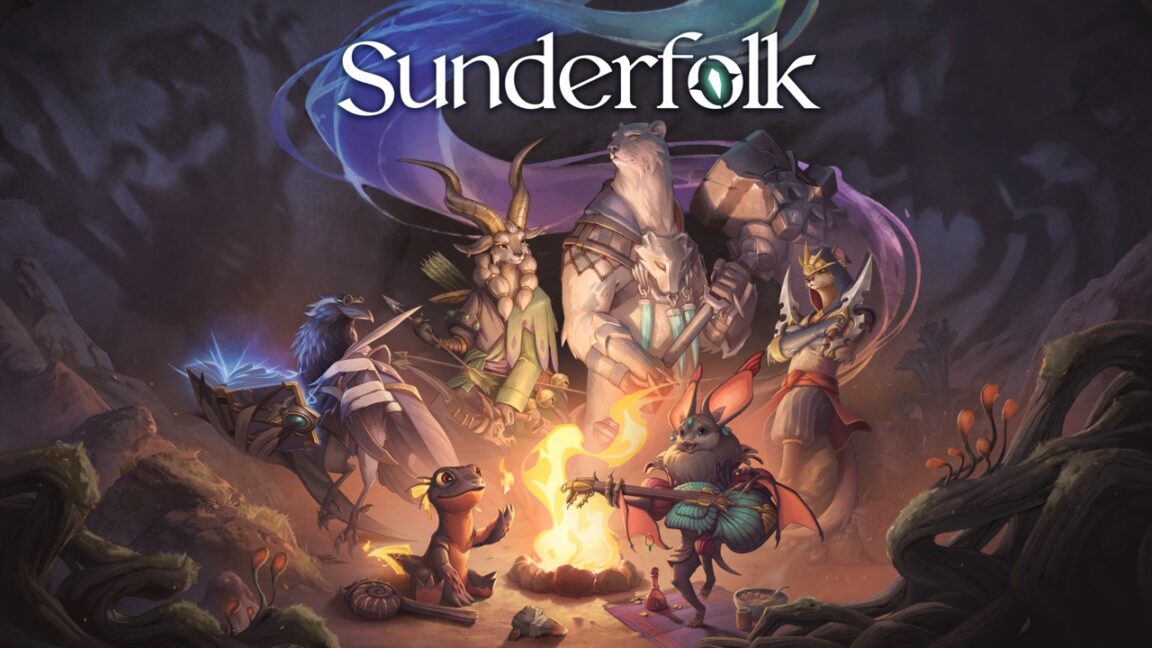
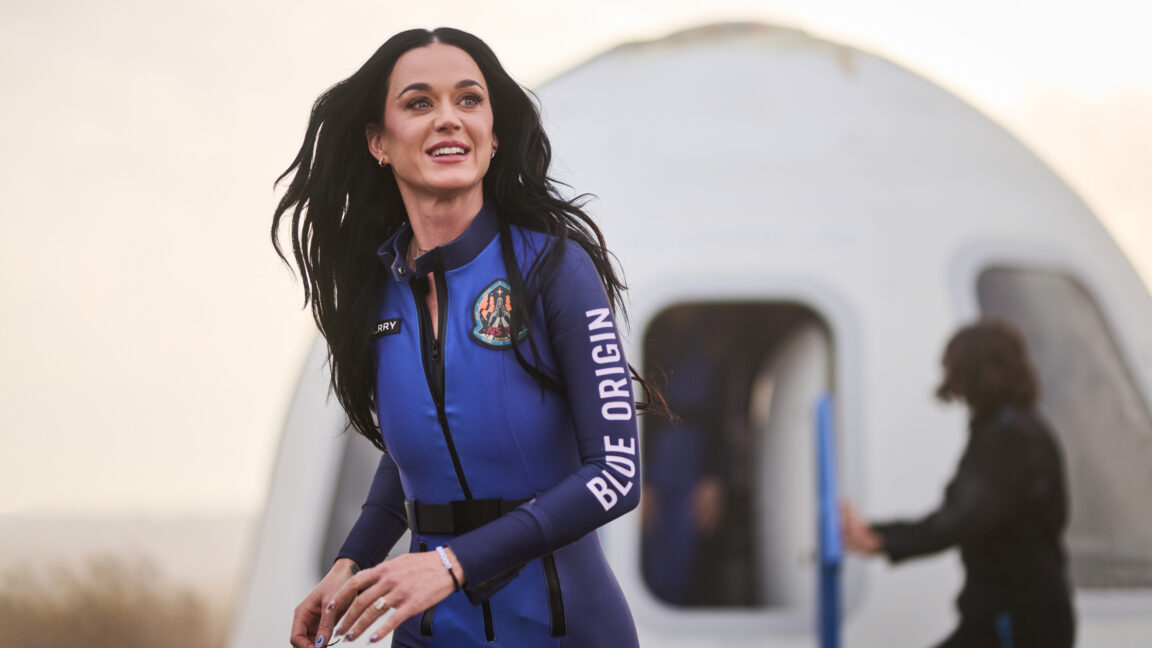




![How to Find Low-Competition Keywords with Semrush [Super Easy]](https://static.semrush.com/blog/uploads/media/73/62/7362f16fb9e460b6d58ccc09b4a048b6/how-to-find-low-competition-keywords-sm.png)



